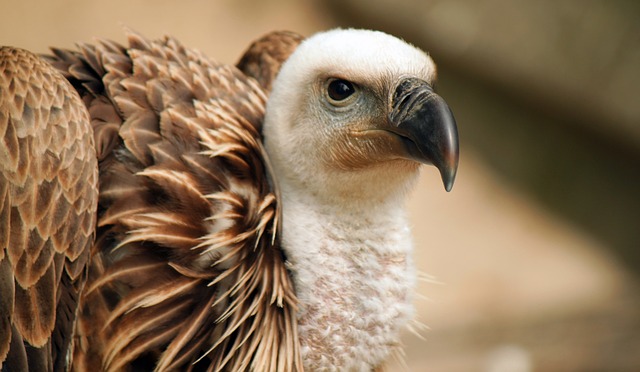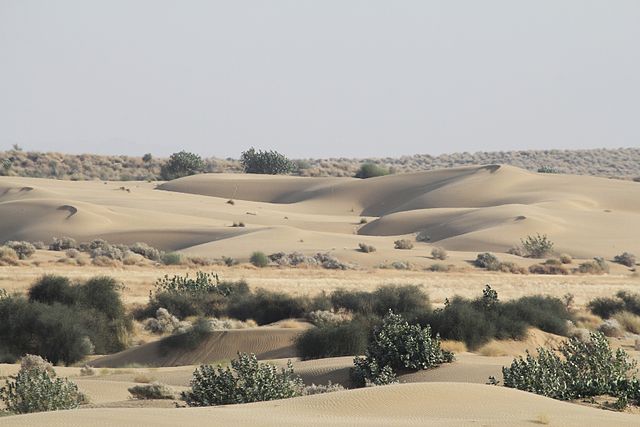A census conducted by the Forest Department of Vultures in Madhya Pradesh; the second time this year showed a significant increase in its numbers. About 7000 vultures were counted in the census. The numbers in Panna, Neemuch and Mandsaur districts had increased considerably.

The city of Indore however saw a decline in the number of vultures. It had fallen from 250 to 176.
“The vultures move from one place to another in groups. With the temperature increasing, they might have migrated to other places, where availability of food and water is more,” said Shahbaz Ahmad, assistant principle chief conservator of forest (wildlife), Bhopal.
Panna had the largest vulture population with 793 vultures. Mandsaur with 681 was at second position and Neemuch with 283 vultures was third. The vultures were spotted in 153 places in Mandsaur and at 25 sites in Neemuch. The total area under the jurisdiction of forest department of Ujjain registered 794 of the species at 179 sites. In January, 958 numbers were enumerated in the same region.
According to Mr. P C Dubey, assistant principle chief conservator of forest, Ujjain, Gandhi Sagar sanctuary has the largest population of vultures.
“Local people raise a lot of cattle in this area. When they die, they leave the carcasses in the forest, which act as food for the scavengers. Carnivorous animals like leopard also kill some animals. Their left-overs also act as food for the species,” explained Dubey.
Since the last census included migratory birds, the small increase in the region is significant. . “The migratory birds have gone back and the numbers include only the resident species,” Dubey said.
Winter is the time for egg-laying for vultures. Hence the last census is most likely to have missed out on the young ones. This census included the juvenile vultures too. “The number might have gone up as some of the juvenile vultures were too small to be spotted. They might have been missed during the last counting,” said Ajay Gadikar, ornithologist.
Madhya Pradesh is home to seven species of vultures, of which three are migratory. While all seven were included in the last census, the present census included only four of those species.
The officials involved in the counting were given proper training before the enumeration commenced by the forest officials. The counting was done in the morning when the birds were in their nests or in the roosting area. To avoid duplication and have minimum errors, only those birds that were spotted sitting were counted. The number of counting sites were also increased. Assistant principle chief conservator Ahmad said that a state-wise counting of vultures had not been done in the country thus far.

Threats to Vultures
Vultures are a critically endangered species in the IUCN list. These scavenger birds which feed on dead and decaying carcasses are now in danger of becoming extinct due to widespread use of drugs such as diclofenac by humans and on animals. The indirect ingestion of the drug causes renal failure and thus death in these birds.
More Related Stories,
Diclofenac Poisoning Threat Spreading to Vultures Worldwide
Caught On Camera: Himaalyan Vultures In Kashmir
Tripura’s Vanishing Vultures To Be Bred in Captivity










One thought on “More Vultures In Madhya Pradesh”